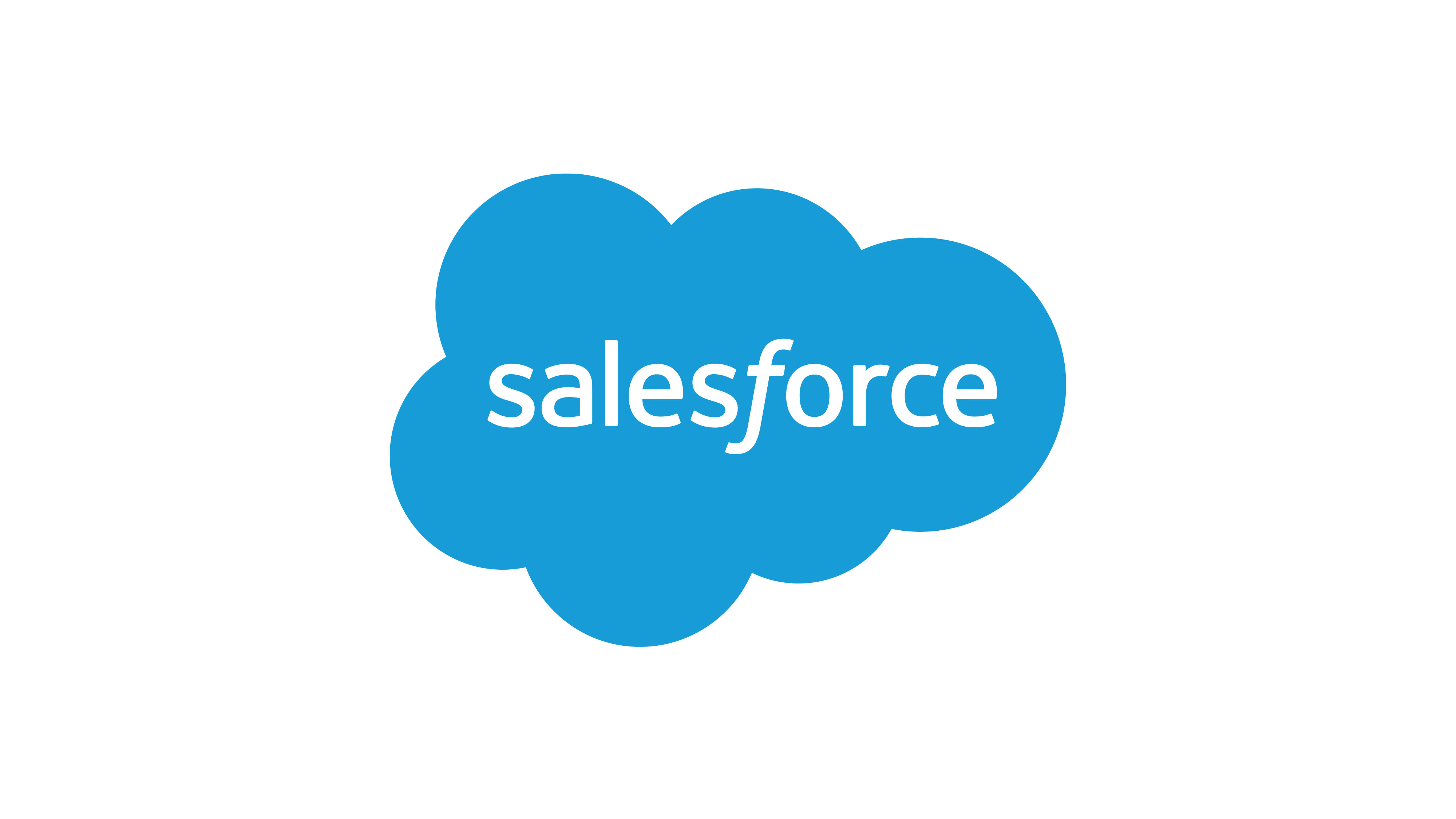The CRM software industry is undergoing, like most industries, a fast transformation with the arrival of AI. Legacy CRMs are racing to rebuild themselves before fresh challengers overtake them. This is a list of the best CRMs of 2025.
1. Attio
Attio recently raised $52 million in Series B funding from Google Ventures, and is leading the charge of new AI-native challenger CRMs. They have leading startups as customers like Lovable, Granola, Modal, Replicate and more, reaching 5,000 paying customers as of 2025.

Why Attio?
AI-native architecture
Attio has the unique advantage of being built from the ground up for AI, being a younger company. This could afford serious advantages in the coming years but the product is already gaining serious momentum. The company has more than 5,000 paying customers and claims to be on track to quadruple its revenue this year according to their Series B announcement, signaling strong user adoption and traction.
It’s been 25 years since the last major CRM shift and according to GV General Partner Michael McBride, Attio’s newest board member, Attio represents the first significant architectural innovation in CRM since Salesforce first put CRM in the cloud. But that was back in the 2000s! Attio is building towards a world where agents and humans can work in tandem across all of GTM, and your CRM becomes as much a system of record as it is a “system of action”.
Instant data sync
Attio’s signature feature is its instant sync, where it intelligently syncs data from your Google (and others) account, creating a fully populated CRM within seconds. You can immediately get to work.
The moment you sign up, Attio automatically pulls clean, totally up to date data from your records, and builds your own living CRM immediately. For startups and larger organisations alike, this allows super fast time to value.
Programmable surfaces
Attio’s weakness is it hasn’t been around as long, so hasn’t accumulated as many integrations as older tools. However, they have two powerful solutions to this : a programmable App SDK, and a strong Workflows product.
The App SDK was released recently, and allows developers and teams to deploy custom apps to run inside the Attio platform. This allows not only other companies to quickly build integrations into Attio whenever they want, but also users themselves can extend the platform as they see fit. This feature is very impressive, and those with technical understanding will appreciate how complicated this is to get right. It will be very interesting to watch how the ecosystem of apps develops.
Attio also has a strong Workflows product with native blocks for Slack, Mixmax, Mailchimp and more. There is conditional flow logic, webhook and HTTP support, loops and most key features you want in a native workflows product. Lots of teams combine Attio with dedicated automation products like n8n or Zapier, but the native workflows product is a powerful addition.
Incredible design
Attio is universally praised for its design, frequently surfacing on design and UX forums. It is a welcome break from older tools, and is similar to Linear in how enjoyable it is to use.
- Frequently featured in design communities: Attio regularly appears in design circles on X (Twitter) and Dribbble, due to its gorgeous UX. You can tell a lot of care has been taken into crafting everything, from the buttons to icons to the layout. This makes the platform enjoyable to use, a rare exception in the world of CRMs.
- Composable data model: Attio has managed to blend high flexibility with ease of use, a blend not seen in other CRMs and very akin to Notion. It has an object-based system that allows you to create custom objects and relationships for literally anything. This means you can adapt it to your business model perfectly. The design is in contrast to competitors like Salesforce that often require external development to build, or Pipedrive which is more rigid and pre-defined.
2. Monday CRM
Monday.com started out as a project management tool, and has since expanded into a broader work suite, including a CRM. Being part of the broader Monday.com ecosystem, it benefits from seamless integration with the rest of the suite, and has a distinctively colourful and playful interface which will appeal to some.

Why Monday CRM?
Seamless integration with Monday work suite
If you already use the Monday work suite, it’s a no-brainer to use Monday CRM as well. The integration is seamless, and you can easily hop between tools. Monday.com serves over 250,000 customers worldwide across its platform, representing good customer adoption and trust. The integration allows teams to share context easily and coordinate workflows across the project management and CRM stack.
In general, Monday.com can offer a cohesive all-in-one solution, creating a source of truth across projects. Although it may not be the best option in each vertical, some teams will appreciate the convenience of this.
Call integrations
Monday CRM has good integrations, especially in the call recording space.
- Zoom: Monday CRM which feels great to use. It links together nicely producing AI-powered insights and full meeting transcripts.
- Google Meet: Monday integrates with Google Meet as well in the same way, auto-summarizing calls and extracting insights.
AI features expanding
Monday is investing in AI, notably with its recent Monday Magic release.
Monday Agents launched in September 2025, introducing an agent builder platform allowing customers to shift towards AI execution, and not just AI assistance. This is joining Monday’s emerging core of AI features: Magic, Vibe and Sidekick.
Monday Vibe allows teams to create little apps with natural language, offering an inbuilt solution instead of needing tools like (Lovable)[lovable.dev] or (Replit)[replit.com]. (Monday Sidekick)[https://support.monday.com/hc/en-us/articles/26701503726610-How-to-use-monday-sidekick] is a copilot type feature allowing querying of an LLM over your data. And Monday Magic is a prompt to solution feature letting teams populate the platform faster, and increase time to value.
I think a really interesting feature with Monday is their Agent Marketplace, where people can publish Agents for others to use. I am super curious to see how marketplaces like these develop, and if this is the future of AI workflows.
Colourful, visual interface
Monday has a colourful, visual UI which I love, although it might not be for everyone. The platform has signature colorful boards, which can make it easier to parse information quickly. The visual approach arguably makes it more welcoming for less technical users, although I’m not sure that’s totally true.
3. Hubspot
Hubspot is an established player in the CRM space, with a strong integration ecosystem as a result of 15 years of development. It offers an all-in-one approach for sales and marketing, but its interface feels dated, and it’s unlikely to iterate as rapidly as newer CRMs.

Why Hubspot?
Strong integration ecosystem
Hubspot has been around for a long time, and it benefits with a huge integration ecosystem. It has more than a thousand integrations available, connecting with a wide range of tools.
It has native connections to most platforms which can be a nice time saver, although we’ll see how this plays out, considering the introductions of MCPs and general trend towards API first point solutions, which generally only need a Zapier, Make and n8n node to do the job.
All-in-one approach
Software is shifting to point solutions (specialized tools) combined in a stack, but Hubspot offers an all-in-one option for those that want it. Its marketing suite, even though not a CRM strictly, is widely used.
Marketing Hub, Sales Hub, Service Hub, Content Hub, Data Hub and Commerce Hub are all available and interconnected to the core CRM platform, although I’ll note cost will escalate rapidly with each additional hub. The (Data Hub)[https://www.hubspot.com/company-news/connect-your-data] is an interesting recent addition and one of Hubspot’s plays to try become AI-native
Feature breadth
Even though some features feel like gimmicks, there aren’t many things Hubspot doesn’t offer. Whether you’ll like their offering is a different question, but it’s been in the market for a long time.
The Breeze AI suite launched in 2025, including Breeze Copilot, Hubspot’s AI chatbot. Breeze Agents include a Customer Agent and Knowledge Base Agent handling support conversations and internal documentation respectively. There’s a Content Agent for help writing blogs, newsletters and more, although I’m not convinced this is a great solution, considering most people would rather turn to the dedicated tools like (ChatGPT)[https://chatgpt.com/] to achieve this, and the Hubspot feature is just a wrapper around it.
I’ll note most advanced Breeze features require Professional or Enterprise plans, with additional credit-based pricing.
4. Pipedrive
Pipedrive is a long-standing edge option focused on sales and pipeline management. It’s great for teams focused purely on sales and deal flow, less so for PLG (Product Led Growth) teams and those wanting to do more with their CRM.
Why Pipedrive?
Pipeline-first focus
Pipedrive is focused on managing deals. And for some teams this is exactly what they are after. It has a signature visual pipeline board style, with a kanban interface, which obviously a lot of teams have, but Pipedrive really focuses on it as the core of their product.
Pipedrive was “built by salespeople, for salespeople” according to their (website)[https://pipedrive.com].
Good integrations
Pipedrive hasn’t been around as long as Hubspot, but it isn’t new, so has a good ecosystem of integrations. Its marketplace offers hundreds of apps for a variety of workflows, and has native connections with key tools like Slack, Zoom and Calendly.
Light AI features
Pipedrive has some AI features, but they are not as comprehensive as other options. They do have Pipedrive Pulse in beta, which has promise.
Pipedrive Pulse includes an AI email generator and summarizer powered by OpenAI, and a natural language report builder which is a solid use case. One somewhat interesting feature is AI search in its marketplace, supposedly allowing users to find relevant apps faster, but to be honest this seems like a filler feature versus a solid use case.
Pipedrive as of today is a solid choice for pure Sales focused teams, but it remains to be seen whether it can keep up with the pace of change in the market.
5. Salesforce
Salesforce is the behemoth of the CRM space, with 25 years of enterprise development. Currently, it is the leading choice for larger companies, but the startup and SMB market is rapidly moving towards newer options.

Why Salesforce?
Enterprise-grade
Salesforce is the best option for large enterprises, with unparalleled security and scalability. According to (IDC’s Worldwide Software Tracker)[https://idc.com], Salesforce has been the biggest CRM for 12 years running, and had 20% market share in 2024.
Simply put, Salesforce is the option for the largest companies, purely because it’s by far the most established vendor. But if there’s a time to look at other options, it is in the next few years as the CRM market and products shift. Salesforce is a huge company, and a huge product. Pivoting that rapidly will be challenging.
Customization
Salesforce is highly customizable with Apex, its own programming language, but this is notoriously complicated and often requires external services. This is in contrast to tools like Attio which offer easy customization through a Notion like interface. It will be very interesting to see if and how Salesforce deploys AI for this use case, because implementation is notoriously expensive, and AI offers a potential solution to this.
Ecosystem
Salesforce obviously has a vast ecosystem of integrations, even bigger than Hubspot’s, and extensive APIs. It has the AppExchange marketplace with over 7,000 apps! It is the industry’s largest selection of native integrations.
As mentioned above, external developers are often required for integration, but there is a massive ecosystem of certified developers worldwide, and an entire competitive market. You won’t be short of options for who to implement a Salesforce instance, it’s just whether you want to go down that road.
Salesforce suite
Salesforce offers multiple tools outside of CRM, including marketing and customer support. These all integrate seamlessly with each other, which is appealing for large companies looking for an all-in-one stack.
Like Hubspot, Salesforce has marketing tools, customer support and more, but the most interesting is its recent Agentforce push and platform. Launched in 2024, Agentforce represents Salesforce’s vision for AI agents that proactively generate value across an enterprise. In addition, Salesforce has named it’s AI technology “Einstein” which delivers a claimed 200 billion predictions a day. The key winner with Salesforce is its scale and enterprise focus, meaning its one of the few tools with the security certifications and reputation to facilitate actual AI adoption in large enterprises, which are famously risk averse and slow.
However, Salesforce is arguably an organisation in a difficult moment. Agentforce adoption has been lagging with slower than expected uptake, and their highly regarded CFO Amy Weaver left this year in March 2025. Salesforce is the definition of a “legacy CRM”, and whether they can pivot fast enough as the AI era begins to take hold is the ultimate question.

